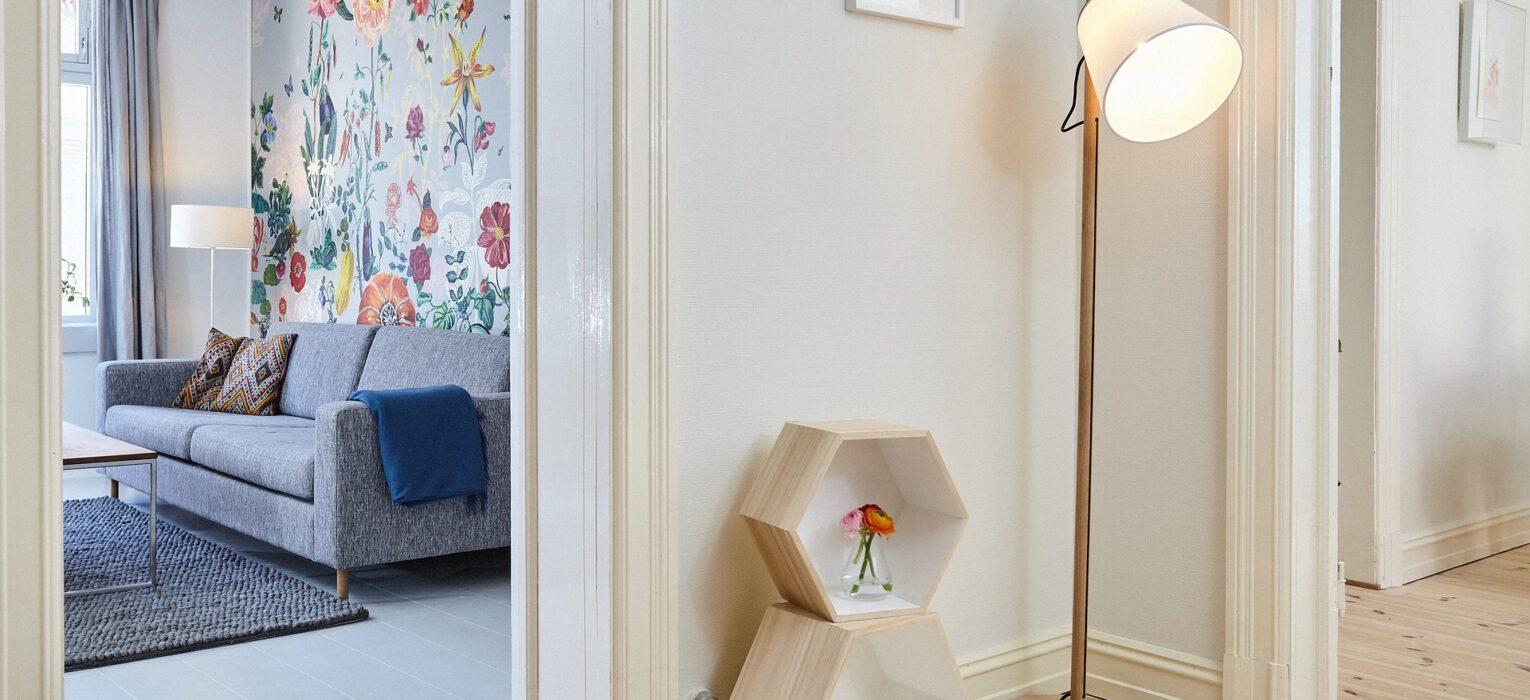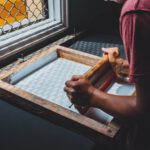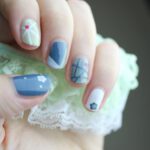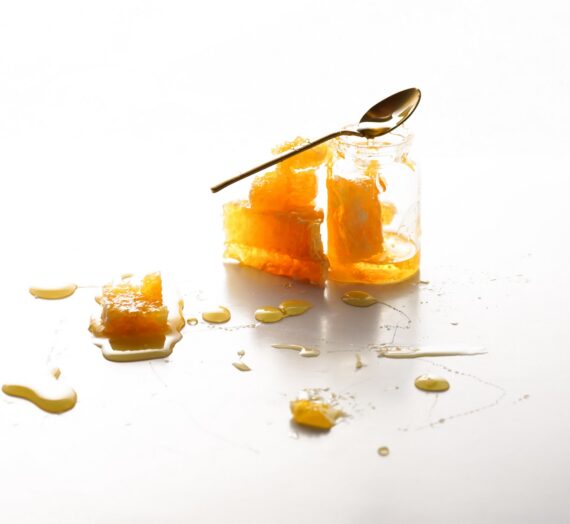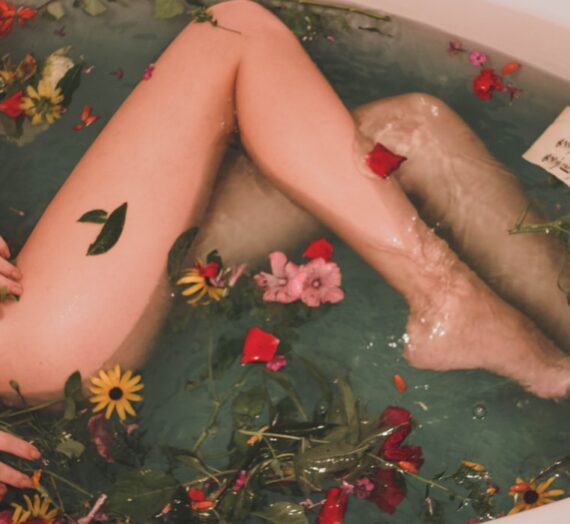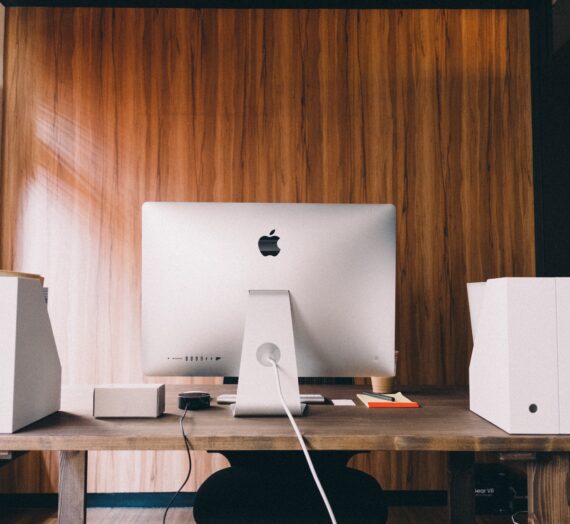Sometimes we feel the urge to change something in our environment. When it turns out that rearranging the furniture in a different arrangement, or buying new decorative elements such as pillows, bedspreads or other, does not help, it may be worth thinking about a change such as renewing the walls and what is on them. The first thought that often comes to mind in such situations is painting.
However, it is quite a tedious process, and carrying it out on your own, or even with the help of other people, depending on the size of the room, can take up to a whole day … and it can be especially frustrating that after finishing work and drying the walls, it may turn out that corrections are needed because, for example, the color is not uniform in all places. That is why it is worth considering the option of using wall wallpaper.
Wall wallpapers – advantages
This way of changing the interior has many advantages. The currently produced wallpapers are of very high quality, the materials used for their production are of high grammage, made of material resistant to various adverse factors. All this means that the wallpaper, after being mounted on the wall, can please us for a long time – it will not fade like paint, it will not scratch off in some places like old-generation wallpapers. It is also worth mentioning the unique aesthetic values of modern wallpapers. A room decorated with them gains a completely different character, at first it may even seem dominated by a picture or pattern placed on the wallpaper, but thanks to this it distracts attention from other, perhaps less attractive elements in the room.
- http://www.enklawa-natury.pl/czy-warto-kupowac-bielizne-przez-internet
- https://www.pka.org.pl/ile-jednostek-witaminy-d-powinnismy-przyjmowac-kazdego-dnia/
- http://www.1000stopni.pl/darmowe-uslugi-prawne/
What will be useful to us when installing wallpaper?
If we decided to stick the wallpaper on the wall ourselves (although for untrained people, the help of a specialist is more recommended), we should prepare a few items that will make it possible. It will be, first of all, the right glue, which can be bought at home improvement stores. It is worth consulting an informed seller what will be the best product for the type of wallpaper we choose, because its thickness and material from which it is made will be important. In addition, if you do not have them yet, it is worth adding at least two fairly wide brushes to your shopping list. A special wallpaper roller may also be useful – it will not damage the material, which is particularly susceptible to damage when soaked with glue).
In addition, from the things we have at home, the following will come in handy:
– cloths made of a delicate material,
– newspapers or foil to spread on the floor, where we will initially put the wallpaper to soak it with glue.
Wallpaper gluing
If we already have all the products listed above, we can start gluing. It is worth choosing the right day and time for it. Perhaps the first time the whole thing can take us a few hours, or even a whole day with breaks, so it’s better to start in the morning to have the best light, and rather choose a day off from other activities, and a moment when no one will disturb us – it is best if the house is empty for this time, and only someone will be left to help.
Choosing a pattern and buying it may turn out to be trivial compared to facing the subsequent sticking of wallpaper on the wall. This is a task that requires a more methodical approach and careful planning. To achieve a really professional effect when applying wallpaper to the wall, it would be good to seek the help of a specialist, but if we do not have such an opportunity, we can handle it ourselves, or ‘with a little help from friends’.
The first step is to thoroughly mix the glue purchased especially for this purpose. It is absolutely necessary to follow the manufacturer’s recommendations regarding the mixing time. If the glue is ready, we put the wallpaper with the printed side down, securing the space on which we will put it. Apply the glue with a brush to the wall in the place where the wallpaper will hang. You have to try to do it very evenly, depending on the type of wall, dosing the right amount of substance. For example, walls made of quite thick concrete will absorb less glue than, for example, OSB boards.
If the wall is already primed, you can apply a layer of glue to the wallpaper itself. You should also make sure to do it as evenly as possible, because there can be no space, even a small space, where there will be no glue or there will be too little of it. After applying it, wait a few minutes and prepare for the next stage – if necessary, we set up a ladder, and it is worth having a special device for wallpapers at hand, a roller made of a soft, smooth material. We start sticking from the top, making sure that no air bubbles get under the surface. Let’s do it with great care, because the photo wallpaper soaked in glue is the most susceptible to damage. Press each glued part at once and slowly unfold the material downwards. There is no need to rush it – if we arm ourselves with patience,
